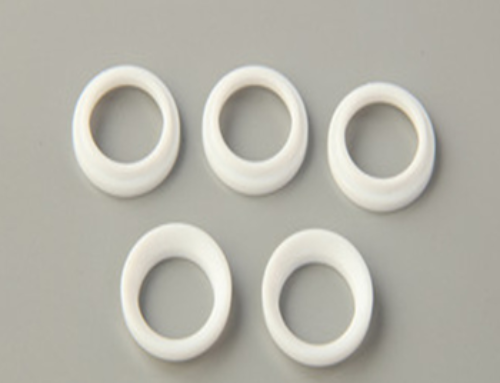Polytetrafluoroethylene (PTFE) is widely used in various industries due to its unique properties, such as chemical resistance, low friction, and high thermal stability. However, despite its many advantages, PTFE has some disadvantages that should be considered in its application.
1. High Cost
One significant disadvantage of PTFE is its high cost. The production process of PTFE, particularly the polymerization of tetrafluoroethylene (TFE), requires expensive equipment and complex procedures. This results in PTFE being more costly compared to other materials, limiting its use in applications where budget constraints are a concern.
2. Poor Mechanical Strength
While PTFE is chemically resistant and can withstand high temperatures, it has relatively low mechanical strength compared to other engineering plastics. This makes it unsuitable for applications that require heavy load-bearing or structural integrity. PTFE products can deform under stress, limiting their use in certain high-stress environments.
3. Difficulty in Processing
PTFE is difficult to process due to its high melting point (around 327°C) and its tendency to not flow easily when heated. It requires specialized equipment and techniques, such as sintering or extrusion, to shape the material. This processing difficulty makes it more challenging to manufacture intricate shapes or products.
4. Environmental Concerns
The production and disposal of PTFE can have environmental implications. Tetrafluoroethylene (TFE), the monomer used to make PTFE, is a hazardous substance. Additionally, when PTFE is exposed to high temperatures (such as in incinerators), it can release toxic fumes, including carbonyl fluoride, which poses health risks.
5. Limited Bonding Ability
PTFE has poor adhesive properties, which means it is difficult to bond with other materials. This can be a challenge in applications requiring adhesives or coatings, as PTFE surfaces tend to be resistant to bonding.
Conclusion
While PTFE is an exceptional material in many applications, its high cost, poor mechanical strength, processing challenges, environmental concerns, and limited bonding ability are important disadvantages that need to be considered when selecting materials for specific uses.













Leave A Comment
You must be logged in to post a comment.